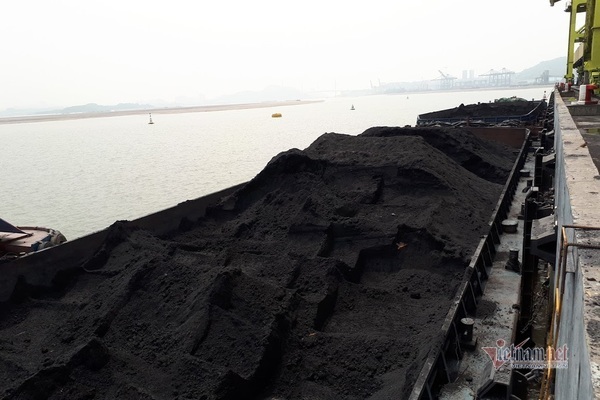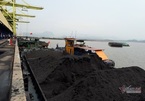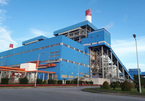The Ministry of Investment and Planning reported that crude oil exports are declining, while imports of oil have been increasing rapidly.

Vietnam now has two oil refineries – Dung Quat Oil Refinery and Nghi Son Petrochemistry Complex.
The former, with the capacity of 6.5 million tons of crude oil a year, began operation in 2010. Its input material is light sweet crude oil from the While Tiger oil field, mixed with oil with similar characteristics imported from the US and Nigeria.
Meanwhile, Nghi Son, with the capacity of 10 million tons a year, began operations in late 2018. All of its input material is heavy crude oil, imported from Kuwait.
With the typical characteristics of oil refineries in Vietnam. Vietnam is both the importer and exporter of crude oil. Vietnam has been importing increasingly high volumes of crude oil since 2015.
An MOIT (Ministry of Industry and Trade) report showed that in 2015, Vietnam exported 9.18 million tons of crude oil, while the figure is expected to be cut by half in 2020.
In 2015, Vietnam imported 0.18 million tons of oil, while the figure surged to 13.33 million in 2020.
| Statistics show that the domestically exploited crude oil output is on the decline, while it is difficult to explore and develop new oil fields. |
MOIT believes that Vietnam will still be both an importer and exporter of crude oil from now to 2030. Dung Quat has been operating well, using materials mixed of domestic crude oil and imports. The upgrade and expansion of the refinery to 8 million tons a year will be completed in this period.
As for Nghi Son, it will continue to operate with a stable capacity of 10 million tons a year with imports from Kuwait.
Statistics show that the domestically exploited crude oil output is on the decline, while it is difficult to explore and develop new oil fields.
Therefore, Vietnam will have to increase imports to feed the expanded Dung Quat and satisfy the demand of Nghi Son.
“The exploitation output is declining year after year,” Tran Cong Tin, deputy CEO of Vietsovpetro said.
“Vietsovpetro has been expanding its production to other oil fields, but the output is inconsiderable,” he said. “White Tiger has entered the period of decline. We have invested in other oil fields, most of which are near 09.1 Block, taking full advantage of our infrastructure items nearby."
Importing coal
As the coal exploitation output is on the decrease, Vietnam has to increase coal imports to serve domestic production.
Since 2019, in order to satisfy the demand, especially electricity generation projects, Vietnam has increased imports to mix with domestic coal or provide directly to consumers.
From 2015-2020, Vietnam exported less than 2 million tons of coal each year. While it imported only 0.8 million tons of coal in 2015, the figure is expected to surge to 15.2 million tons this year.
While Vietnam exports high-quality anthracite coal used for coke plants and steel manufacturing, which sells for good prices, it imports lower-quality coal at lower prices.
MOIT estimates that the crude coal exploitation output will reach 56 million tons by 2025 and 60 million tons by 2030.
To ensure national energy security, the supply of coal is implemented based on the principle that top priority is given to electricity generation plants. As metallurgy needs coke coal, all the domestic coke coal supply will be reserved for the industry. The deficiency will be covered by imports.
MOIT believes that the merchandise coal production capability won’t increase considerably by 2030, about 42-50 million tons a year. The demand is increasingly high, especially from thermal power, and it far exceeds the supply of the domestic coal industry (60-119 million tons a year).
Vietnam may have to import 67 million tons of coal by 2025 and 98 million tons by 2030. Coal for electricity generation accounts for 60-80 percent.
Luong Bang

Miners lobby for right to export coal without limitation, MOIT demurs
Coal miners want the government to open the door for them to export high-quality coal, saying that Vietnam does not use this type of coal or uses very little of it.

Energy security: Vietnam says ‘no’ to coal-fired thermopower
Under a scenario described in the eighth national power development master plan (Plan 8), which is now being compiled, Vietnam would not build more coal-fired thermopower plants from 2026 to 2030.